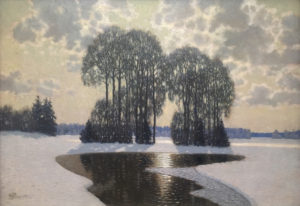
1872 - 1945
Vilhelms Purvītis

description
Vilhelms Kārlis Purvītis (also known as Vilhelms-Karl Egorovich Purvit) was one of the most famous Latvian landscape painters, as well as a master of graphic art.
In the 1890s, he was a free visitor of the Petersburg Academy of Arts, worked at the class of painting; in 1896, he was enrolled in the landscape studio of Arkhip Kuindzhi.
One of the founders (along with J. Rosenthals, J. Valter, A. Alksnis) of modern painting in Latvia, in particular, the school of landscape painting. Founder of the Latvian Academy of Arts, its first rector (1919-1934), who taught at the landscape class until 1941. Director of the Riga City Art Museum, organizer of many exhibitions in his country and abroad.
Vilhelms Purvitis several thousand works during his life. However, most of the canvasses were destroyed in Jelgava during an air raid in 1944. Only about 150 paintings of the master have survived.
Key ideas:
– After his early, rather romantic and impressionistic searches, Purvītis develops a mature style that developed in terms of a harmonious combination of Impressionism and northern Art Nouveau.
– The master chose natural and relatively simple motifs, usually devoid of some plot-human element. Among his typical works, there are forest and water in the winter or early spring season.
– Master of subtle colors and high painting culture V. Purvītis compiled a landscape at his studio. Using the etudes made in the open air. Combining the technique of a fairly sharp but thin brushstroke and a special work with a brush, the painter creates paintings that impress with the special embossment, where each detail is tangible and incredibly alive.
Another key idea of the landscape painter was his aim to reach the epic generality of the images of nature – peaceful in the winter and awakening in the spring.
1872
1897 - 1898
1898 - 1902
1906
1909
1913
1918 - 1925
1930
1944
1945
The birth of the artist
Graduated from the St. Petersburg Academy of Arts
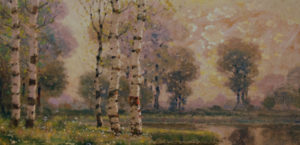
Began to participate in art exhibitions of Berlin and Munich
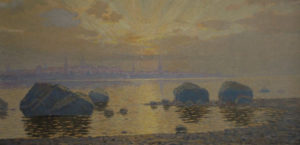
Settled in Reval
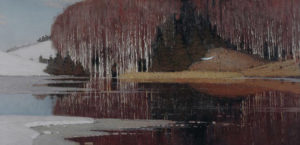
He was appointed the director of the Riga City School of Art

Became an academician of the Petersburg Academy of Arts

In Oslo, a personal exhibition of the artist was held

The several foreign awards were added
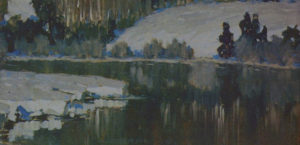
He emigrated to Germany
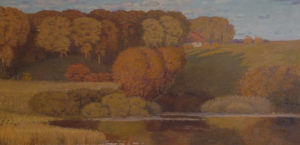
The death of the artist

